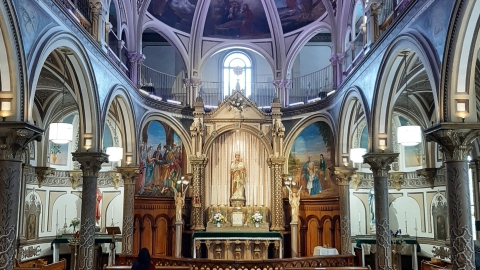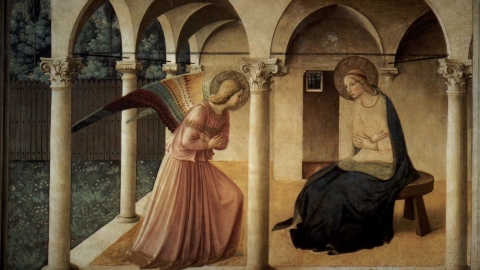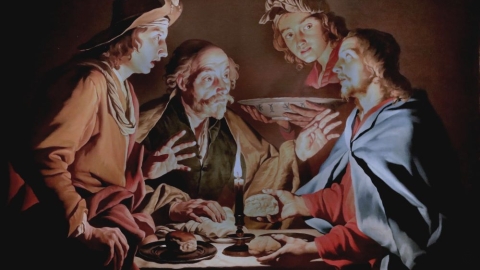A New Motu Proprio from Pope Francis

Un chœur de religieux dominicains
The motu proprio Authenticum charismatis was signed by Pope Francis on November 1, 2020. It amends canon 579 of the Code of Canon Law.
Canon 579 concerns the erection of “institutes of consecrated life.” The 1983 Canon Law refers to all societies in which members make religious vows, whether they are “regular” and living in a community, or “secular” and established in the world. These secular institutes are of recent appearance (1947).
The canon in its original content stated that “Diocesan bishops, each in his own territory, can erect institutes of consecrated life by formal decree, provided that the Apostolic See has been consulted.” The statement “provided that the Apostolic See has been consulted” should be noted.
It was discussed by canonists who weighed its content: was it obligatory, and was a bishop obliged to follow the response of Holy See to him? The doubt was raised by a rescript of Pope Francis dated May 11, 2016 which established that “the prior consultation of the Holy See was to be understood as necessary ‘ad validitatem’ (for validity) of the erection of an diocesan institute of consecrated life, under penalty of nullity of the decree of erection of the institute itself.”
The new text of Canon 579 reads as follows: “Diocesan Bishops, each in his own territory, may erect institutes of consecrated life by valid formal decree with the prior written permission of the Apostolic See.” This new wording obviously drives home the point.
The first consideration that needs to be made is that the discipline is being strengthened because it has not been well followed. But there are other causes that are clarified by Fr. Cédric Brugnon, vice-dean of the Faculty of Canon Law at the Catholic University of Paris, in an interview given to cath.ch.
The too many cases involving founders of recent institutes encourage caution. The modified canon will make it possible to centralize foundation requests and thus to detect repeated foundation attempts in various dioceses, after repeated refusals.
Another reason is the excessive number of recent foundations more or less doomed to failure, and which could have been avoided by the exercise of prudence which the bishops do not always have.
Finally, the multiplication of institutes with the same purpose is also to be avoided. However, bishops do not always know what is happening elsewhere.
The journalist then asks a very interesting question: “Isn’t this motu proprio a twist on the principle of subsidiarity, very often put forward by Pope Francis?” The answer is even more so: “Considering the recent revelations of abuse and the difficulty of the bishops in communicating with each other, I think the Holy See wanted to act as quickly and effectively as possible.” The sequel exposes the fact that globalization allows people to sneak from one diocese to another “by playing on the multiplicity of dioceses and their inability to trace the history of a request.”
So, Fr. Brugnon candidly admits that decentralization, which has been so much discussed since the beginning of the pontificate, which is at the heart of the reform of the Curia, and which Francis has made a workhorse, this decentralization, at the time of globalization, poses more or less insoluble problems. But it’s not surprising in that regard.
Vatican II wanted to reform everything: even consecrated life. This led to the disappearance of the religious spirit and the spiritual life according to the great masters of the Church’s tradition. Foundations were thus erected, bearing more or less profound deficiencies, in relation to religious discipline and authority. And it takes a motu proprio, the implementation of which has been shortened from 3 months to 10 days, to try to stem a phenomenon that is considered to be very worrisome.
(Sources : cath.ch/I.Media/droitcanonique.fr – FSSPX.Actualités)
Illustration : Flickr / Fr Lawrence Lew (CC BY-NC-ND 2.0)



